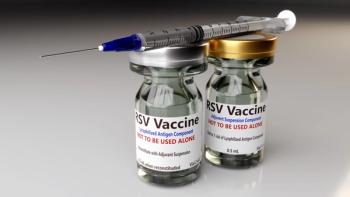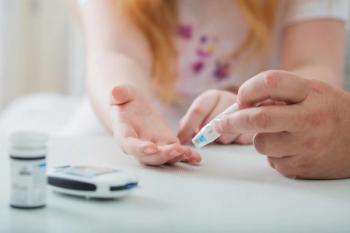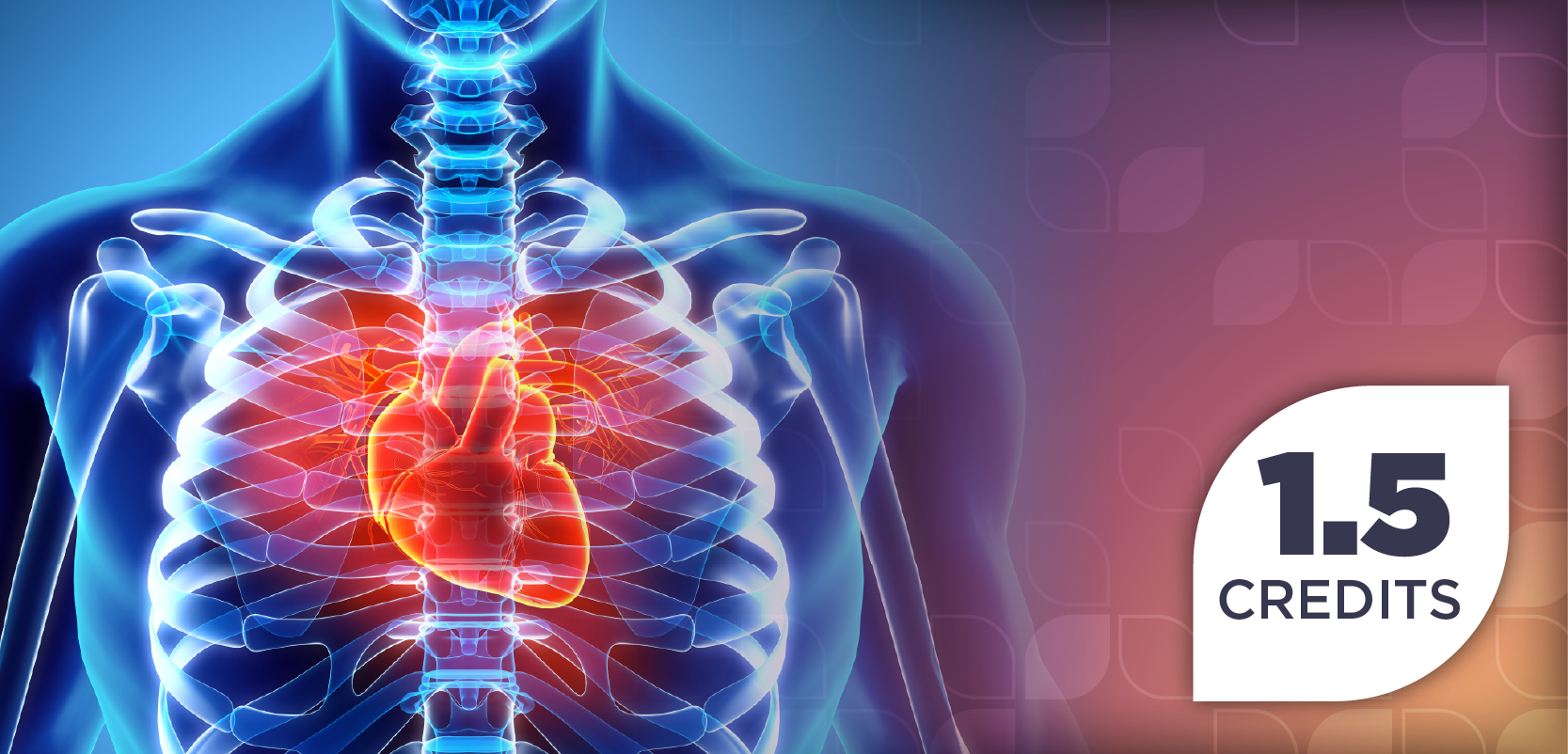
- June 2011 Women's Health
- Volume 77
- Issue 6
Diabetes Watch
High Blood Sugar Leads to “Stickier” Cholesterol
Researchers from the University of Warwick in the United Kingdom and Ottawa Heart Institute Research Corporation in Canada have found that a certain type of low-density lipoprotein (LDL) cholesterol modified by glycation sticks to arterial walls much more readily than other forms of LDL cholesterol.
Naila Rabbani, PhD, and colleagues examined the modified form of LDL cholesterol to determine its atherogenicity, or its ability to form abnormal fatty masses on artery walls. Typical LDL cholesterol can only use 2 of 7 binding sites to grip artery walls, but Dr. Rabbani and colleagues found that the modified form of LDL cholesterol uses 3 of 7 binding sites.
The modified type of cholesterol is formed when a molecule called methylglyoxal (MG), which is a byproduct of glycolysis, damages the LDL, making it smaller and stickier. According to Dr. Rabbani, this represents a “phenomenal structural change” to LDL molecules—a change that could have major health implications for patients with diabetes.
Because of the high blood sugar levels of patients with diabetes, this “sticky” cholesterol is more prevalent in these patients, and could help explain their higher rates of atherosclerosis, heart attack, and stroke. Interestingly, patients taking metformin appear to be somewhat protected from the ready formation of MG. The authors suggest that this could explain, in part, the cardioprotective effect of metformin use.
The study was published in Diabetes online on May 26, 2011.
Normal Bone Scans Could Hide Fracture Risk
Bone mineral density testing is the standard for monitoring the onset of osteoporosis and predicting fracture risk, but results from these tests might need closer examination in individuals with diabetes, according to a study published in the June 1, 2011, issue of the JAMA.
Ann V. Schwartz, PhD, from the University of California, San Francisco, and colleagues analyzed data from 3 prospective observational studies that followed older individuals with adjudicated fracture outcomes for up to 12.6 years. Of the 770 women in the study population with type 2 diabetes mellitus (DM), 84 experienced a hip fracture and 262 experienced a nonspinal fracture. Of 1199 men with DM, 31 experienced a hip fracture and 133 experienced a nonspinal fracture.
The fracture risk of patients with DM was associated with bone mineral density scores as measured by femoral bone mineral density T-scores and the World Health Organization’s Fracture Risk Algorithm. Although it was confirmed that the tests are accurate predictors of fracture risk in patients with DM, the scores of patients with diabetes were skewed when compared with the scores of those without diabetes.
“A diabetic patient with a T-score of -2.0 had about the [same] fracture risk as a non-diabetic with a T-score of -2.5,” said Dr. Schwartz.
Because an osteoporosis diagnosis is based on T-scores of -2.5 or lower, health care professionals should be aware that patients with diabetes could have T-scores that appear to exclude them from that diagnosis, even though they have a comparable level of fracture risk. It is unclear why patients with diabetes with higher bone density seem to be more at risk for fracture than patients without diabetes with lower bone density.
Compound in Tangerines Reduces Cardiovascular Risks
The health benefits of grapefruit have been well documented, but new research published in the May 2011 issue of Diabetes shows that tangerines also appear to confer major protection against cardiovascular disease in individuals with diabetes.
Canadian researchers studied the impact of nobiletin, a flavonoid found in high concentrations in tangerine peels, on apolipoprotein B100, a major component of low-density lipoprotein cholesterol that can lead to atherosclerosis. Apolipoprotein B100 is often found in increased concentrations in patients with diabetes, which scientists believe could help explain the higher risk of cardiovascular events in patients with diabetes.
For the study, the scientists fed one group of mice a Westernstyle diet high in fats and sugars. A comparison group of mice was fed the same high-fat, high-sugar diet along with nobiletin.
The researchers found that the mice in the diet-only group became obese, developed a fatty liver, and experienced high levels of insulin and cholesterol. The nobiletin group did not become obese nor did they experience the high cholesterol and insulin levels of the diet-only group. The researchers also noted that unlike insulin, nobiletin did not appear to stimulate lipogenesis. The increased insulin sensitivity and glucose tolerance of the nobiletin group could translate into similar benefits for humans, but the study authors say that more studies in human subjects are needed.
Fast Fact: It is estimated that diabetes accounts for $4.4 billion in lost income due to early retirement and nearly $32 billion due to work disability.
Articles in this issue
over 14 years ago
Pharmacy Law: Subpoena Power of DEA Called into Questionover 14 years ago
Can You Read These Rxs?over 14 years ago
Your Compounding Questions Answeredover 14 years ago
Patient-Centered Philosophy Drives RESPy Winnerover 14 years ago
Case Studiesover 14 years ago
Outlook: Clinical Trialsover 14 years ago
Outlook: Obesityover 14 years ago
Asthma Watchover 14 years ago
Arthritis Watchover 14 years ago
Women's Health WatchNewsletter
Stay informed on drug updates, treatment guidelines, and pharmacy practice trends—subscribe to Pharmacy Times for weekly clinical insights.


















































































































































































































